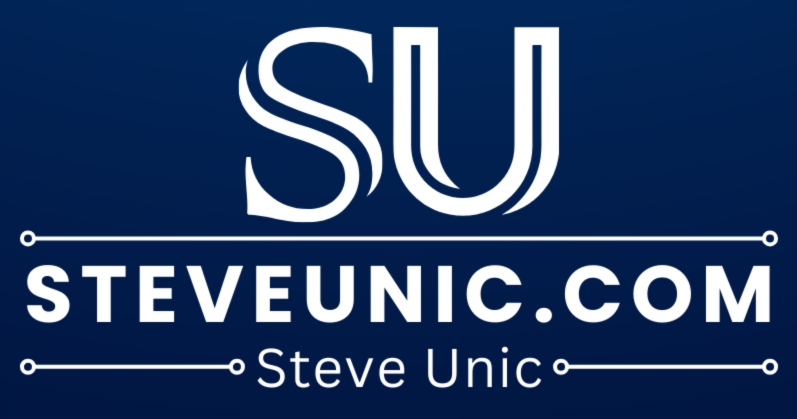
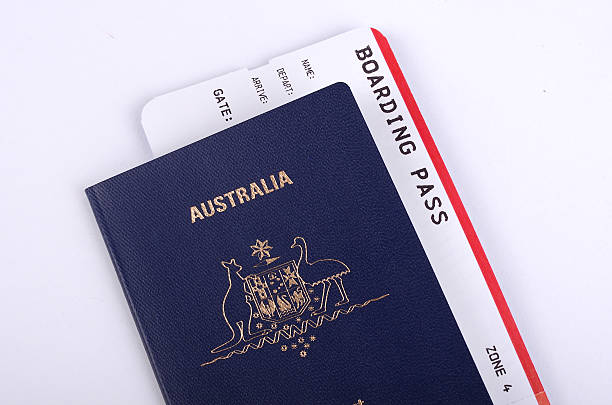
Most Canadians looking for warmer prefer traveling to Australia due to its warm and lively weather and environment. Australia is a beautiful nation filled with many sunny beaches where you can relax. Regarding work-life balance, quality of life, family life, and leisure, Australia is among the best places to move to. In 2016, the Expat Insider Survey ranked Australia as the 7th best expat destination in the world.
This article will cover all the essential information every Canadian needs to know when moving to Australia from Canada.
Disclosure: My site is reader-supported. I may get commissions when you click through the affiliate links (that are great products I use and stand by) on my articles.

8 Things to Know When Moving to Australia From Canada
- Most Canadians looking for warmer prefer traveling to Australia due to its warm and lively weather and environment. Australia is a beautiful nation filled with many sunny beaches where you can relax. Regarding work-life balance, quality of life, family life, and leisure, Australia is among the best places to move to.
- This article will cover all the essential information every Canadian needs to know when moving to Australia from Canada.
8 Things to Know When Moving to Australia From Canada
Which Australian City To Live In
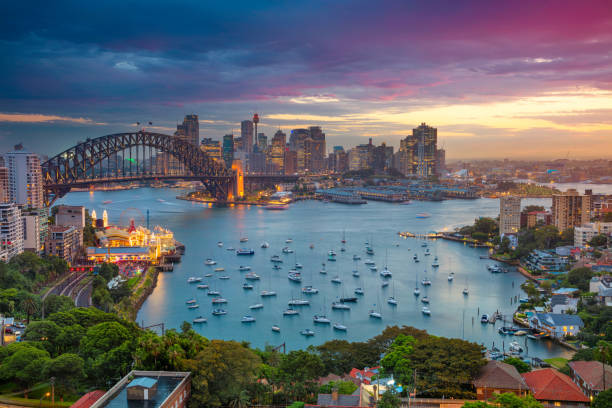
One thing you need to research before moving to Australia from Canada in which city you want to live in. Australia has seven states, each with a capital city. The four significant states migrants prefer to settle in are Melbourne, Sydney, Perth, and Brisbane.
As a Canadian immigrant considering where to live in Australia, there are several factors to consider before you choose a city. They are:
- Lifestyle and Climate: Consider the lifestyle and climate that you prefer. Australia offers diverse climates, from the tropical north to the temperate south. Some cities, like Sydney and Melbourne, offer a vibrant urban lifestyle, while others, like Perth and Adelaide, have a more relaxed and laid-back atmosphere.
- Job Opportunities: Research the job market in different cities to determine where your skills and expertise are in demand. Sydney and Melbourne are major economic hubs with a wide range of industries, while Brisbane and Perth also offer diverse employment opportunities.
- Cost of Living: Consider the cost of living in different cities. Sydney and Melbourne tend to have higher costs, particularly for housing, while cities like Adelaide and Hobart generally have a lower cost of living.
- Cultural and Recreational Opportunities: Consider the cultural and recreational activities you enjoy. Sydney and Melbourne offer various cultural events, festivals, and entertainment options, while cities like Brisbane and Perth have beautiful natural surroundings and outdoor activities.
- Community and Support Networks: Consider the presence of existing communities or support networks for Canadian immigrants in each city. This can help ease the transition and provide a sense of belonging.
Australia Visa that Suits Your Goals and Interest

Determine the visa you’ll need to enter and stay in Australia. The most common options for immigrants include the Skilled Independent visa (subclass 189) and the Skilled Nominated visa (subclass 190). Visit the official website of the Department of Home Affairs in Australia to explore visa options and check the eligibility criteria.
As a Canadian, several visa options are available to you if you wish to move to Australia. Here are a few common visa categories:
- Working Holiday Visa (subclass 417): This visa allows Canadians aged 18 to 30 (or 35 for some Canadian provinces) to work and travel in Australia for up to 12 months. It’s an excellent option for those looking to experience Australian culture while working part-time or casually.
- Skilled Independent Visa (subclass 189): This visa is for skilled workers not sponsored by an employer or family member. It allows you to live and work permanently anywhere in Australia. You must meet the points test based on age, education, work experience, and English language proficiency to be eligible.
- Skilled Nominated Visa (subclass 190): This visa requires Australian state or territory government nomination. It is a permanent visa for eligible skilled immigrants. It is similar to the subclass 189 visa but provides additional state or territory sponsorship points. You must meet the state or territory’s specific nomination criteria.
- Employer-Sponsored Visas: If you have a job offer from an Australian employer, you may be eligible for an employer-sponsored visa such as the Temporary Skill Shortage (subclass 482) visa or the Employer Nomination Scheme (subclass 186) visa. These visas require sponsorship by an approved employer and meeting specific criteria.
- Partner Visas: If you have an Australian partner, you may be eligible for a partner visa, such as the Partner (subclass 820/801) visa or the Prospective Marriage (subclass 300) visa. These visas allow you to live and work in Australia as the partner of an Australian citizen, permanent resident, or eligible New Zealand citizen.
- Student Visas: If you wish to study in Australia, you can apply for a student visa. This allows you to study full-time at an Australian educational institution. The duration of the visa depends on the course of study.
Searching for Job Opportunities

After getting a city and qualifying for a visa type, the next thing is to search for a job that aligns with your goals and interests.
To get a job as a Canadian immigrant, you should familiarize yourself with the job market in Australia, including the industries that are thriving and in-demand occupations. Research the specific city or region where you plan to live, as job opportunities may vary across different locations.
The most popular sites where you can get Australian job updates include:
Superannuation for Immigrants
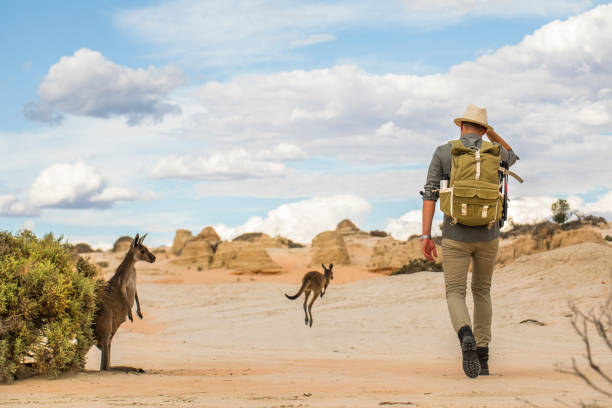
Researching superannuation as you move to Australia from Canada is essential. Superannuation in Australia refers to the country’s retirement savings system. As a foreign resident working in Australia, here’s what you need to know about superannuation:
- Eligibility: If you are classified as a temporary resident in Australia, you may be eligible to access your superannuation when you leave the country permanently. Temporary residents include temporary work visas, such as subclass 482 (Temporary Skill Shortage) or subclass 417 (Working Holiday).
- Departing Australia Superannuation Payment (DASP): When you depart Australia permanently, you can apply for a DASP to claim your superannuation. The DASP allows you to receive a lump sum payment of your superannuation balance, subject to applicable taxes.
- Taxation: The taxation of your superannuation withdrawal depends on several factors, including your visa subclass and the components of your superannuation balance (taxable or non-taxable). Generally, a departing temporary resident’s superannuation is subject to a non-resident withholding tax of 65%.
- Application Process: To claim your superannuation, you must lodge a DASP application with your superannuation fund(s) before leaving Australia. The application can typically be submitted online through the Australian Taxation Office (ATO) website or directly with your superannuation provider.
- Keeping Your Superannuation: Alternatively, if you plan to return to Australia or become a permanent resident, you can choose to leave your superannuation in Australia. It will continue accumulating and subject to the usual rules and regulations of the superannuation system.
- Consolidating Superannuation Accounts: If you have worked multiple jobs in Australia and have multiple superannuation accounts, it may be beneficial to consolidate them to avoid paying unnecessary fees and to manage your superannuation more efficiently. You can initiate the consolidation process by contacting your chosen superannuation provider or using ATO’s online services.
Australian Taxation System
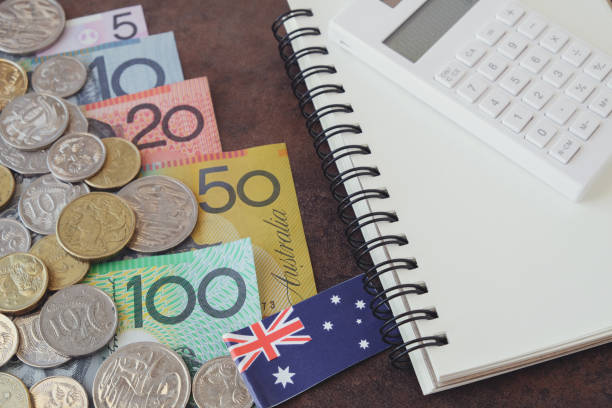
As a foreign resident working in Australia, you are generally required to pay taxes on your income. It is essential you know how the taxation system works in Australia. Here are a few pieces of information you need to remember.
- Tax Residency: The Australian Taxation Office (ATO) determines your tax residency status in Australia based on various factors, such as the length of your stay, your intentions, and your ties to Australia. If you are considered a resident for tax purposes, you will be subject to Australian tax on your worldwide income. If you are a non-resident, you will only pay income tax earned in Australia.
- Tax File Number (TFN): You must obtain a Tax File Number (TFN) from the ATO to work and pay taxes in Australia. You can apply for a TFN online through the ATO’s website.
- Income Tax Rates: Australia has a progressive tax system, meaning the tax rates increase as your income increases. The tax rates for foreign residents are generally higher than those for Australian residents. The specific tax brackets and rates are on the ATO’s website.
- Medicare Levy: As a foreign resident, you are generally not required to pay the Medicare Levy, which funds Australia’s public healthcare system. However, you may still need to pay the Medicare Levy Surcharge if you don’t have private health insurance and your income exceeds the threshold.
- Tax Returns: As a foreign resident, you may be required to lodge an annual tax return with the ATO. This lets you report your income and claim applicable deductions or tax offsets. The tax return can be submitted online or by mail, and the deadline for lodgment is typically October 31 of the following year.

8 Things to Know When Moving to Australia From Canada
- Most Canadians looking for warmer prefer traveling to Australia due to its warm and lively weather and environment. Australia is a beautiful nation filled with many sunny beaches where you can relax. Regarding work-life balance, quality of life, family life, and leisure, Australia is among the best places to move to.
- This article will cover all the essential information every Canadian needs to know when moving to Australia from Canada.
The Cost of Living

Never move to Australia without calculating the cost of living and ensuring it’s within your budget. I can’t give you a specific range on the Australian cost of living because the cost of living in Australia can vary depending on factors such as the city or region you choose to live in and your lifestyle choices.
While Australia generally has a high cost of living, it’s important to note that the exchange rate between the Canadian dollar (CAD) and the Australian dollar (AUD) can also influence your perception of affordability. Here are some key points to consider:
- Housing: Housing costs in Australia, particularly in major cities like Sydney and Melbourne, can be high. Rent and property prices vary greatly depending on location, size, and quality.
- Food and Groceries: The cost of food and groceries in Australia can be relatively high compared to Canada. However, prices can vary depending on where you shop and the type of food you buy. Cooking at home and grocery shopping at larger supermarket chains can help manage food expenses.
- Transportation: Public transportation, such as trains, buses, and trams, is available in major Australian cities and can be a convenient and cost-effective way to get around. However, owning a car and associated expenses, including fuel, insurance, and maintenance, can add to your overall cost of living.
- Healthcare: Australia has a public healthcare system called Medicare, which provides subsidized or free access to essential medical services for Australian citizens and permanent residents. As a temporary resident, you may be required to have health insurance to cover your medical expenses. The cost of health insurance can vary depending on the level of coverage and provider.
The Educational System

If you are a Canadian moving to Australia with children, it is essential to understand the education system in Australia and the options available for your children.
Australia follows a comprehensive education system that consists of primary school (kindergarten to Year 6), secondary school (Year 7 to Year 12), and tertiary education (universities and vocational training).
Australia has both public and private schools. Additionally, you can see many international schools in major cities that cater to expatriate communities. These schools follow international curricula (e.g., International Baccalaureate) and may offer education in multiple languages. International schools can provide a familiar education system and support for students transitioning from Canada.
You must contact the desired school or education department in your state or territory to enroll your children. They will provide information on enrolment requirements, documentation needed, and any applicable fees.
While public schools offer education at minimal or no cost, private and international schools may have tuition fees that vary significantly depending on the school and location. It’s essential to research and consider the costs associated with the schools you are considering.
Bank Documentation Process
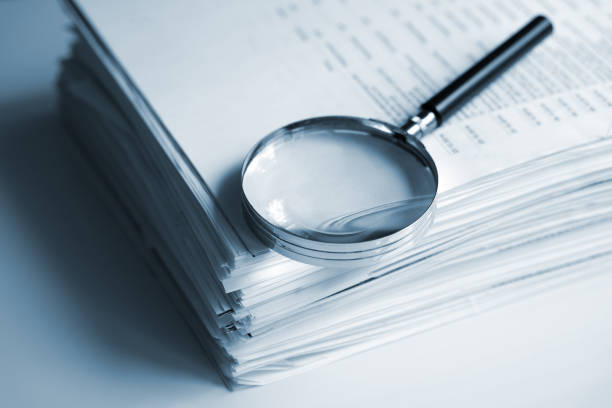
Setting a bank account is one of the first things you do when migrating to a new country. The Australian Government uses a 100-point system for identification when you want to open a bank account.
Below are the documents you need to open a bank account in Australia as an immigrant:
Primary documentation (70 points per one)
- Birth certificate
- Passport
- Citizenship certificate
- Diplomatic documents that bear the same attribute as a passport
Secondary documentation (35 points per one)
- Document from your employer (current or previous) within the last two years
- An instrument of security held by a financial body
Secondary documentation (25 points per one)
- EFTPOS card
- Foreign drivers license
- Marriage certificate
Moving your Canadian dollars to Australia incurs some costs and fees. You need to consider the exchange rate too.

8 Things to Know When Moving to Australia From Canada
- Most Canadians looking for warmer prefer traveling to Australia due to its warm and lively weather and environment. Australia is a beautiful nation filled with many sunny beaches where you can relax. Regarding work-life balance, quality of life, family life, and leisure, Australia is among the best places to move to.
- This article will cover all the essential information every Canadian needs to know when moving to Australia from Canada.
Frequently Asked Questions
Do I need a visa to work in Australia?
Yes, you will need a valid work visa to legally work in Australia. It is no longer news that it is not easy to get a work visa for Australia. The Australian government has tightened its immigration policies over the years, and the process can be lengthy and expensive.
Can I bring my family with me?
If you are granted a valid work visa, your immediate family members (e.g., spouse or dependent children) may also be eligible to apply for visas
Can I apply for permanent residency in Australia while on a temporary work visa?
Yes, certain temporary work visas may lead to permanent residency if you meet the eligibility criteria. Some options include the Skilled Independent visa (subclass 189) and the Employer Nomination Scheme (subclass 186). It’s important to research and understand the requirements and process for permanent residency before applying for a temporary work visa.
Do I need to file taxes in Australia if I am only working temporarily?
As a foreign resident, you may be required to file taxes in Australia if you meet certain criteria, such as earning income in Australia or being in the country for a specified period of time. It’s important to consult with a tax professional and the Australian Taxation Office (ATO) for more information specific to your situation.
Conclusion
These tips will help you achieve a successful move to Australia from Canada. You can always contact the Department of Home Affairs in Australia for more specific information.
